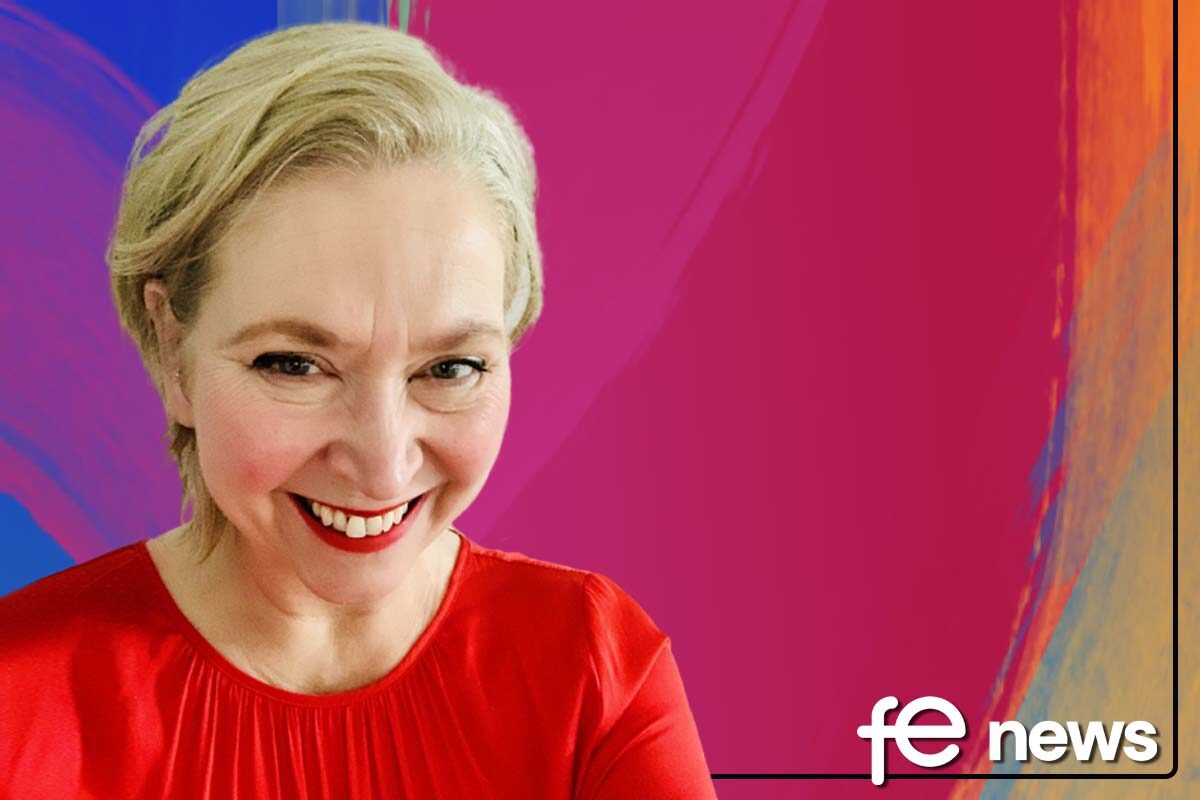TOOLING UP…

In a College that has a lot going for it, and some might say recently has had a lot done to it, simplicity and effectiveness are key. Part of my role here at Epping Forest College is to bring my 30 years’ experience to the College, and offer some of the tools and models I’ve developed over the years to help address various challenges.
Here are three that have proved particularly helpful:
KILN
This is a tool for taking stock, building consensus (or discovering it), and identifying priorities for change. It can be done on an individual basis, but it is ideal for teams, and for informal team building (almost as a by-product).
My preferred method involves blank flip charts and post it notes, but they’re not essential!
The four letters stand for:
- K: Keep
- I: Increase or improve
- L: Less of, reduce or remove altogether, and
- N: New
So, in stock taking terms – what do we want to keep, increase, have less of, or introduce that would be new here (not necessarily elsewhere). Everyone contributes their own views – ideally on post its onto the relevant flip chart. When finished, team members collate the ideas, and summarise them. So, you have a team view on what collectively they want to keep, increase, have less of, or bring in that would be new.
Where there are lots of similar ideas (typically on the first three) then…you have consensus. If the ideas are scattered and varied – or even conflicting – then there is no consensus. You can take advantage of the former, and have to work on the latter…
In terms of change, three of the four letters are pro-change: I,L and N. So where there is consensus in these three areas, and the ideas are owned within the team – then in change terms, they are quick wins.
We use KILN across the organisation, to take stock of, and assess the impetus for, change. Crucial to the success of the model is ownership. Change is easier if it is owned…
BANDA
Another acronym, which apparently I have a reputation for – sorry! This is a tool that works well in 1-1 conversations, where the other person has some difficulty or other, or is stuck.
The letters stand for:
B: Benchmark – where are you now?
A: Aim – where do you want to be?
N: Need – What do you need to get there?
D: Difficulties – what’s stopping you, i.e. what are your difficulties, barriers or blocks?
A: Action – so what do you want or need to do about that? What action will you take?
To me, the crucial letters are the last two – D and A. Most people are find the first three easy to identify – but the killer question is always ‘so what’s stopping you?’. And therefore the final letter, A, has to be focused on the difficulties – removing or getting past the barriers – rather than (as is often the case) further clarifying the aim or goal, and by-passing any barriers. It’s usually not the destination that needs working on, but the rocks, potholes and boulders along the way.
BANDA is a model used by both our coaches with learners, and by managers with staff. It’s particularly popular for anyone who likes a structured, rather than free-flowing, approach…and because each of the letters drives a question, the other person is in charge of the content, whilst the coach/manger owns the process…
AUCCC
I’m afraid this model’s letters do not trip off the tongue, and so is perhaps less easy to remember. It is used mainly within EFC to consider difficult or underachieving performance – mainly as a reflective tool used by managers ahead of a particular conversation – though of course it can be used as a self-diagnostic too…
The letters are used in order, as follows:
A: Awareness: is the individual aware that there is a problem or difficulty?
U: Understanding: do they understand two things: the significance of the problem or difficulty – i.e. its impact? And do they understand the contribution they are making to the difficulty or problem – which is an ownership issue.
C: the first C is capability: does the individual have the knowledge and skill – at the appropriate level – to fix the problem?
C: the second C is capacity: do they have the resources (for example time, money, equipment, information, support) necessary to fix the problem?
C: the third and final C is commitment: are they interested or bothered enough to own and fix the problem? Do they, fundamentally, care?
Some of us, in using the model ahead of any meeting, find it helpful to assess each of the 5 factors on a scale of 1-5, where 5 is ‘not a problem’ and 1 is ‘a real problem’. With or without a scoring scheme, however, it should be possible quite quickly to consider where the problem might lie (though of course, the picture might change once in the conversation – it is dangerous to be too convinced of your own thoughts, without hearing theirs…).
The model operates in this sequence, because it moves from relatively easy to relatively hard: the first three – awareness, understanding and capability – are relatively easy to fix, especially if commitment is there. However genuine capacity and commitment gaps are much more difficult to close.
Two final considerations on AUCCC: don’t confuse capability and capacity; and someone’s apparent lack of commitment may actually be a result of gaps in the preceding four factors.
Most managers will tend to use AUCCC as a reflective tool, but it can still be used informally to guide a structured conversation. And almost as a by-product, the model encourages managers to think about what they can and perhaps should do in advance to prevent gaps appearing in these five factors in the first place…
The Principal actively uses thee models and now many of these are the common leadership language at the College.
“I love these models: they are quick and easy to use, and they deliver solutions”, Saboohi Famili, Principal.
Arnie Skelton, Head of Enterprise and Innovation, EFC












Responses